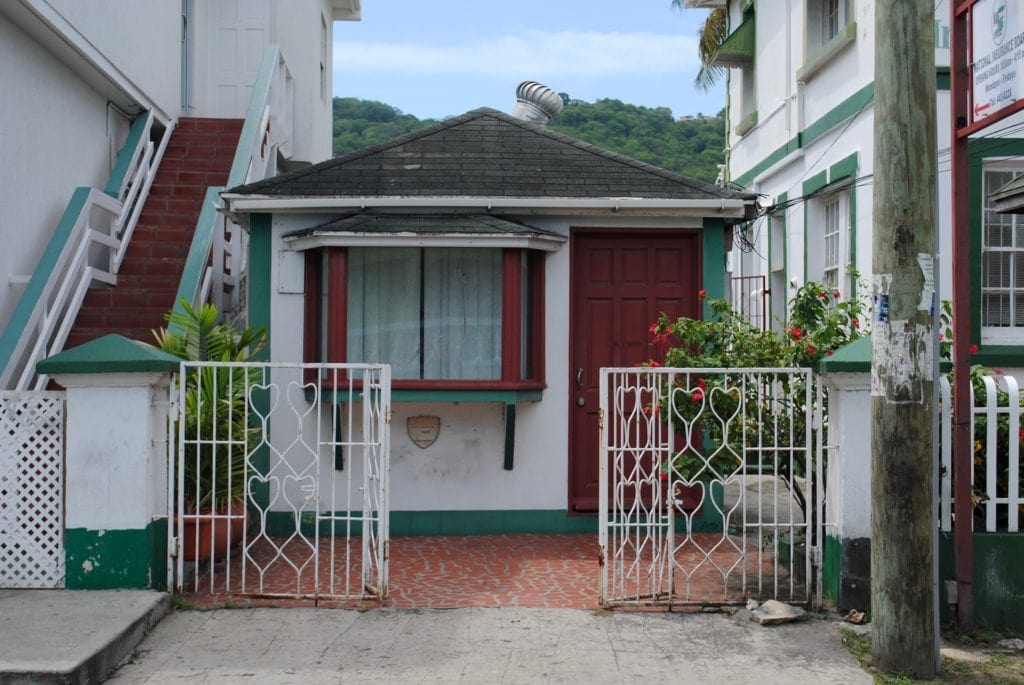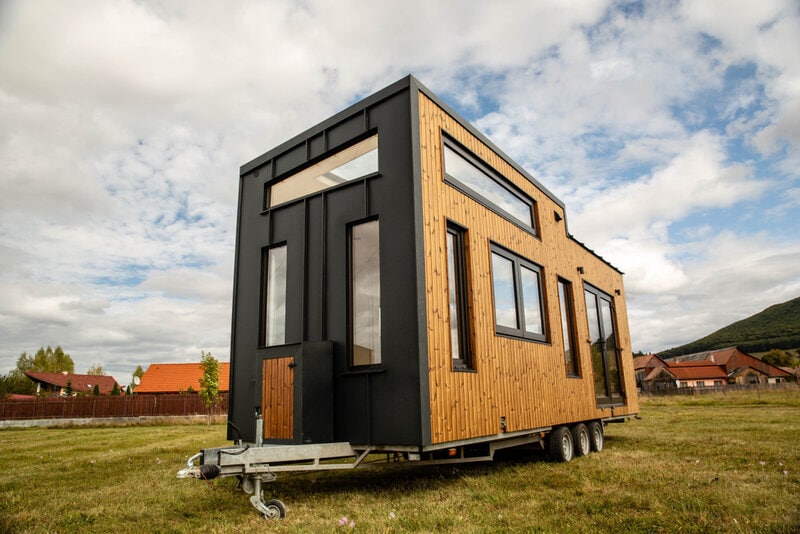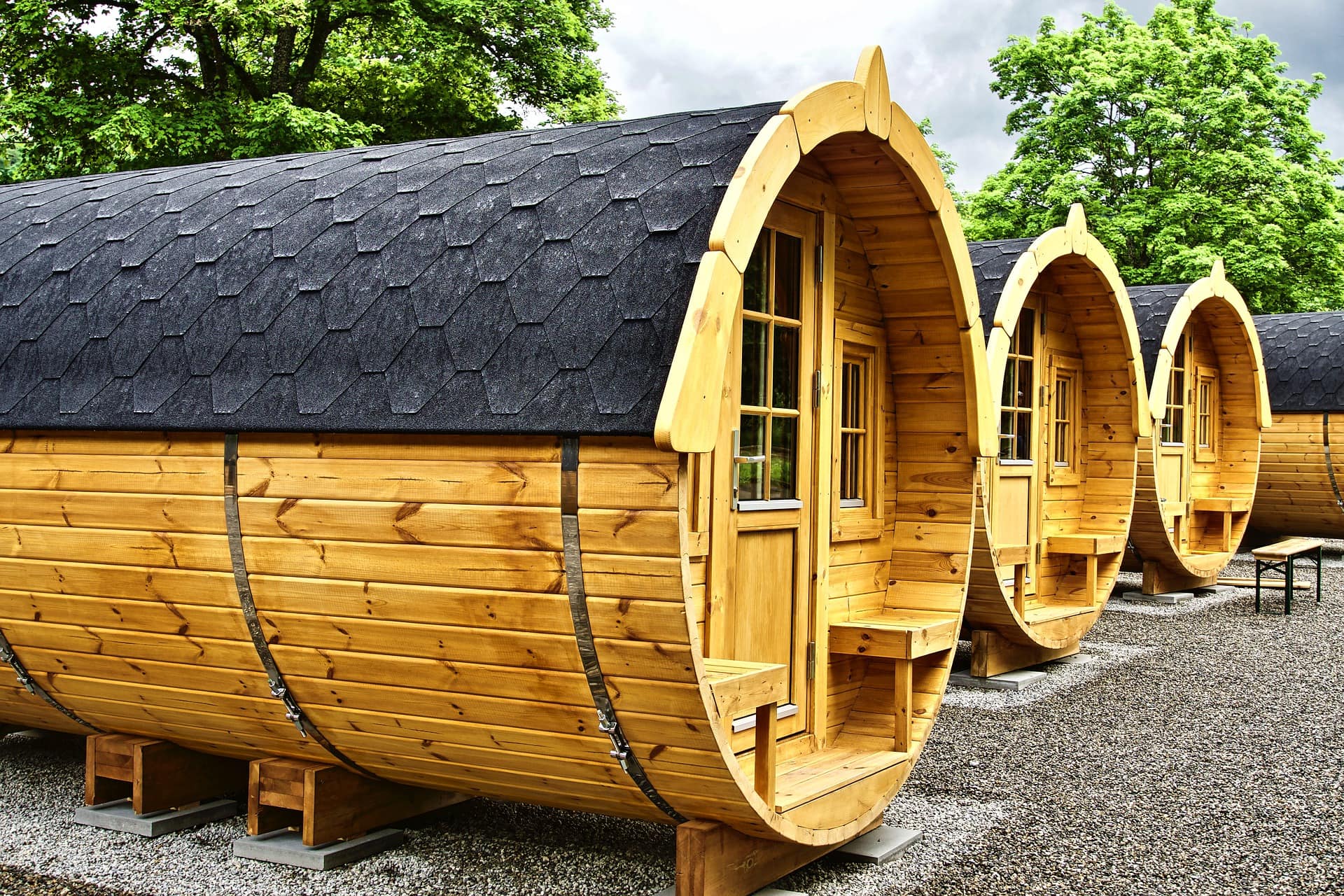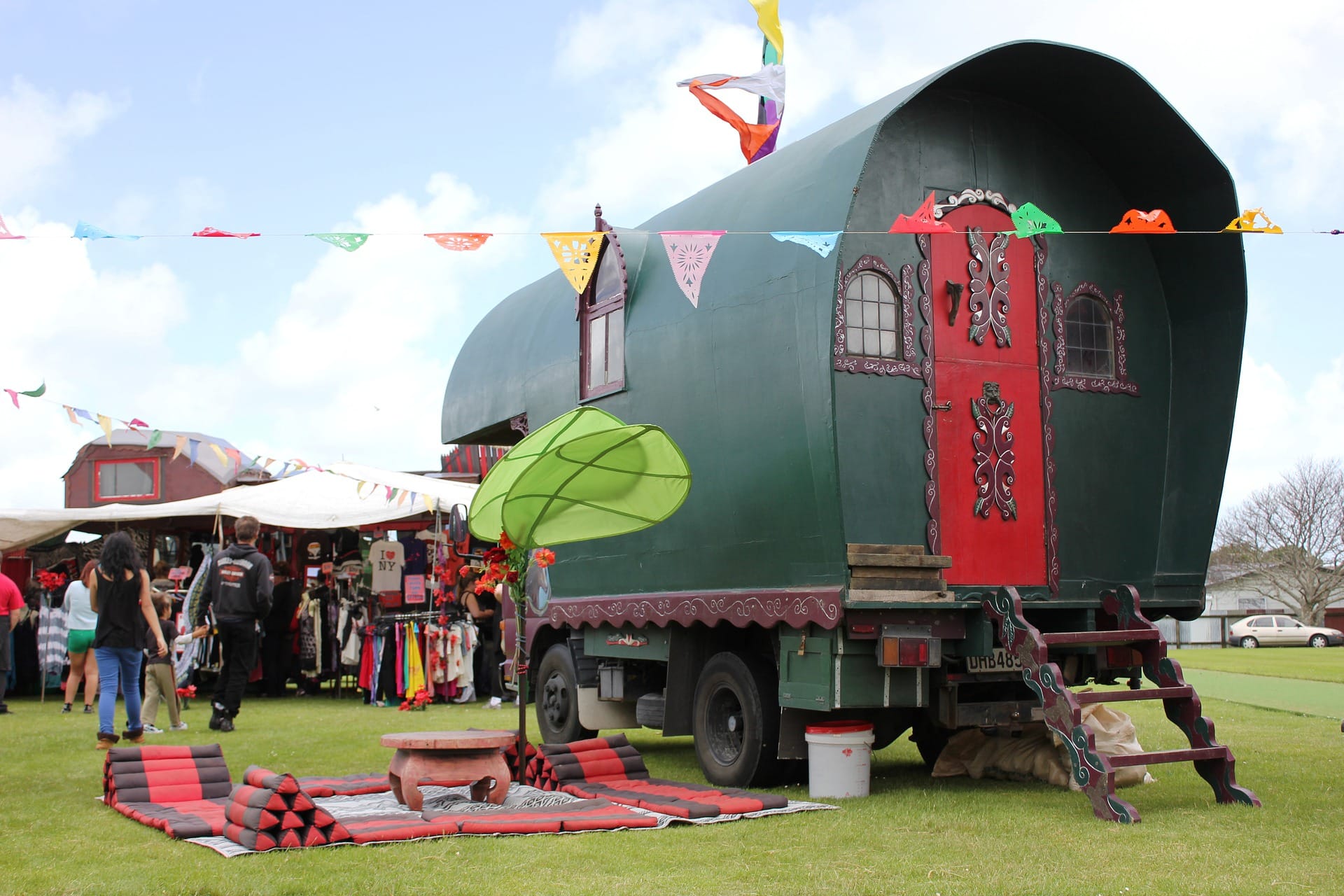9 Tiny Home Trends and Statistics to Know in 2025
-
Ed Malaker
- Last updated:

Note: This article’s statistics come from third-party sources and do not represent the opinions of this website.
Tiny homes are becoming more popular in the United States—there are even several television shows that you can watch about them, including “Tiny House Nation,” which has been on the air since 2014 and is still going strong.
Here, we go over several statistics and trends to help you understand tiny houses better so you can see if this type of home is right for you.
Click below to jump ahead:
- Tiny Homes Statistics by State
- Tiny Homes Statistics by Age
- Tiny Homes Statistics by Cost and Demand
 The 9 Tiny Home Statistics
The 9 Tiny Home Statistics
- Each state has specific laws concerning tiny homes.
- Pennsylvania claims to have the largest community of tiny houses.
- Tiny homes only made up 2.1% of sales in New York City over the last several years.
- Since 2010, nearly 25% of new San Francisco apartment properties have been tiny house sized.
- More than half of Americans would consider living in a tiny home.
- Two out of five tiny house owners are over 50.
- Demand for tiny homes is increasing.
- Tiny house owners have less credit card debt than the average American.
- The average tiny house costs about $45,400.

Tiny Homes Statistics by State
1. Each state has specific laws concerning tiny homes
(Go Downsize)
Before you purchase or build a tiny home for your property, it’s important to look up the state laws that govern it. Most have various guidelines to follow, including minimum room size, the number of electrical circuits, and the house’s foundation. Each state has different rules, and some, like Colorado, have laws that change by the county, so it’s important to learn these rules before doing anything.

2. Pennsylvania claims to have the largest community of tiny houses.
(Go Downsize, Tiny Estates)
Elizabethtown is a small borough in Lancaster, Pennsylvania, and it claims to have the largest community of tiny houses in the world. It’s a small development named Tiny Estates, and there are even tiny homes that you can rent to see if you enjoy the experience before you purchase one. Pennsylvania has few rules governing small homes, so communities like this are possible.
3. Tiny homes only made up 2.1% of sales in New York City over the last several years.
(The Mortgage Reports)
According to people involved with real estate, tiny homes only made up about 2% of the total sales in New York City over the past eight years, and that is the city with the most sales, followed closely by San Francisco. Some cities, like Philadelphia, had almost no sales in 2019, so it’s not likely to become a trend in this area any time soon, and tiny houses may not become something you see often in big cities.
4. Since 2010, nearly 25% of new San Francisco apartment properties have been tiny house sized.
(The Mortgage Reports)
Nearly 25% of the new apartments created for people living in San Francisco over the last 10 years have the same square footage as a tiny home. This statistic shows that contractors, builders, owners, and even tenants believe that there is enough room to live comfortably in a house this size.
Tiny Homes Statistics by Age
5. More than half of Americans would consider living in a tiny home.
(Eye on Housing)
A recent survey showed that more than half of Americans are willing to live in tiny homes. Of the more than 50% of Americans, the people most behind the idea were the millennials aged 22–40, with 63% stating that they would like a smaller home. Next was the 39–54-year-old Gen X, with 53% of those stating that they would like to live a simpler life. Less enthusiastic are the 53–75-year-old baby boomers, as only 43% longed for a smaller home. Seniors didn’t like the idea much, with only 29% in support.

6. Two out of five tiny house owners are over 50.
(Tiny Society)
Statistics show that two out of every five tiny house owners are over 50 years old. This age group usually has more money to spend, so it is easier to make purchases. Many of these people may also find it the right time to downsize as children get older and move out.
Tiny Homes Statistics by Cost and Demand
7. Demand for tiny homes is increasing.
(CNN)
The demand for tiny houses has grown over the last several years. The homes have a small footprint on the land where you place them, but there is still plenty of room inside, and owners claim that the rooms feel full-sized and have plenty of light and heat. Sinks are standard size, and you can even fit a king-sized bed and a big-screen TV. All the space that most people don’t use is simply missing, like extra closets and spare bedrooms.

8. Tiny house owners have less credit card debt than the average American.
(Tiny Society)
Around 89% of tiny house owners have less credit card debt than the average American, with 60% of them having none at all. Since they have less debt, they tend to save more, and 55% have more savings in the bank than the average homeowner.
You might also be interested in: How Many Homeowners Are Behind on Their Mortgage?
9. The average tiny house costs about $45,400.
(US News and World Report)
The average tiny house costs about $45,400. This is the result of averaging the building costs of more than 1,300 tiny houses on sale in the United States. Some of the buildings cost as much as a regular home, at more than $100,000. However, some people were able to create one for less than $10,000, which is about as inexpensive as you can get, even compared to RVs and other temporary homes.
Frequently Asked Questions About Tiny Homes
How much does a tiny house cost?
It costs an average of $45,400 to purchase a tiny home, and we think that this is a good starting price point. Houses that cost more than this are more extravagant. That said, the same house can be more expensive in some parts of the country than in others due to the difference in the cost of living. The different laws governing the states can also affect the final price. Some states require a concrete foundation and more internal square footage, increasing the cost. Environmentally friendly “green” materials, like insulation and solar panels, will be more expensive than the standard solutions.
The most expensive part of building your tiny home is the kitchen and bathroom plumbing, along with the electrical wiring, which typically costs about the same as it does for a standard home.
(Tiny Home Builders)
Is it difficult to run a tiny house?
It is not difficult to run a tiny house, and while the initial costs can be high depending on design and location, the tiny house will likely pay for itself over its lifetime. Since there are only a few hundred square feet, your heating cost will be far below that of a standard home with an average of 2,301 square feet, five times that of some tiny homes. The heating cost savings alone is enough for many people to consider the move, but you will also see savings in electrical too. Even if you tend to leave the light on all the time, there are fewer lights, and it’s less likely that you will be running several devices that waste power. The home will also have a lower repair and maintenance bill because the roof is much smaller, and there is less to rot and wear.
(Rocket Mortgage)
How do I purchase a tiny house?
You can purchase your tiny house much the same way that you might purchase any home. We recommend starting with the local listings to see if you get lucky and find one close to your current location. Several online facilities can help connect an interested buyer with a seller. Listing sites enable you to enter a zip code to find the closest houses to you. If you are considering building a tiny home on a property that you already own, several online sources can help put you on the right track so you can start planning and saving.
(Tiny House Listings, Tiny Home Builders)
 Conclusion
Conclusion
Tiny homes can be a great way to reduce our carbon footprint. Their small size can help reduce costs significantly over time, and they are a great way to get more people into homes instead of renting. Luckily, the younger generations seem to be on board with reducing their home size, and with the advancements in solar power and other clean energy, we might see an improvement in our outlook for the future.
Related Read: How Many Vacant Homes Are There in America?
Featured Image Credit: Pixabay
Contents
 The 9 Tiny Home Statistics
The 9 Tiny Home Statistics